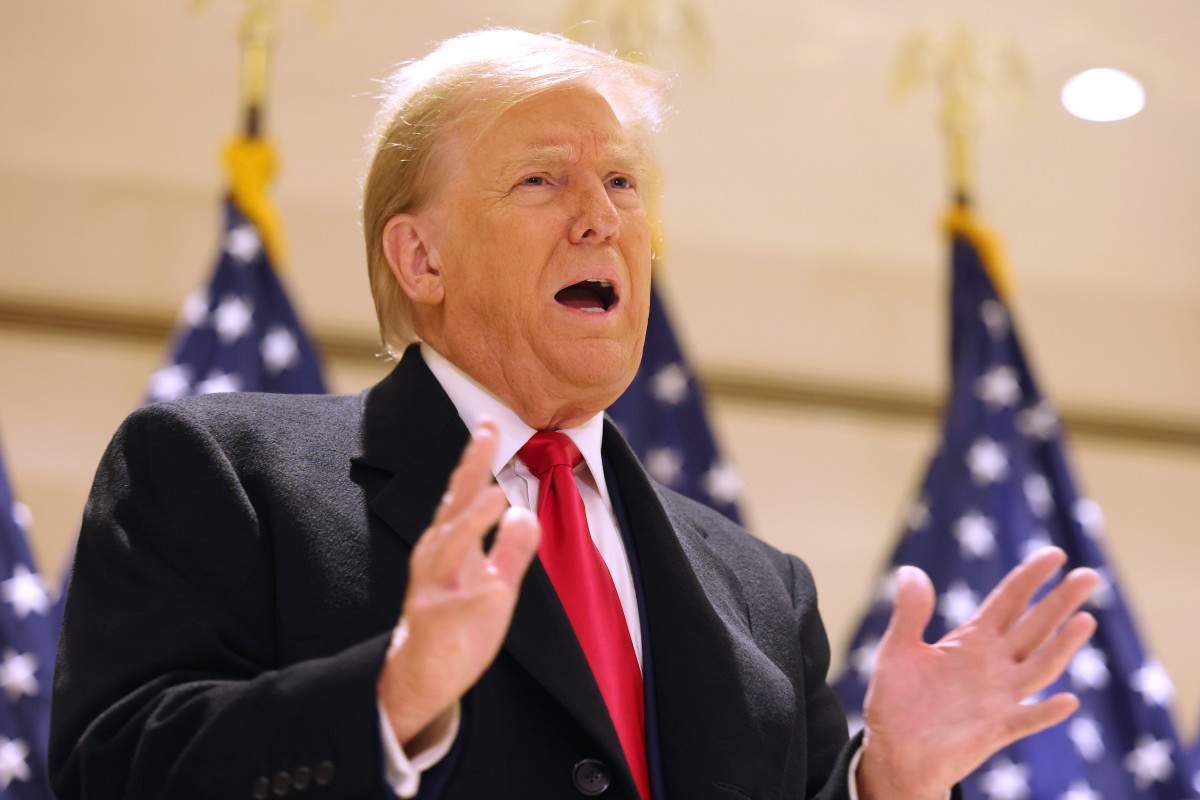Renewed Uncertainty for US Treasury Market
The recent bond market turmoil following Donald Trump’s projected return to the White House has raised significant concerns among investors. Major financial firms like BlackRock Inc., JPMorgan Chase & Co., and TCW Group Inc. have cautioned that the market could face continued volatility. October’s bond-market losses had already eroded much of the gains seen earlier in the year, but Trump’s anticipated economic policies are now creating new challenges for the US Treasury market.
Trump’s plans, which may include tax cuts and tariffs aimed at stimulating an already robust economy, could stoke inflation by increasing import costs. This potential wave of inflation, coupled with the economic stimulus, threatens to disrupt the relatively stable environment the Federal Reserve has been navigating after it started pulling interest rates back from their highest levels in more than 20 years.
Fiscal Policies and Market Reactions
A significant concern among investors is that Trump’s fiscal policies, unless counterbalanced by substantial spending cuts, could lead to an expanded federal budget deficit. Such a scenario would likely compel bondholders to demand higher yields to accommodate the increasing issuance of new Treasuries. Janet Rilling, senior portfolio manager at Allspring Global Investments, noted that the bond market might respond with an “unpleasant rise in rates” to enforce fiscal discipline. Rilling estimated that the yield on 10-year Treasuries could climb back to 5%, a level last seen in late 2023, if the proposed tariffs are fully implemented. This would mark an increase of about 70 basis points from last week’s closing rate.
While uncertainty looms regarding the exact policies Trump will implement, some of the potential impacts have already been reflected in market movements. Traders began adjusting their positions for Trump’s victory well before the official results, causing fluctuations in yields. On Wednesday, 10- and 30-year Treasury yields reached multi-month highs but subsequently retreated over the next two days, closing the week at lower levels than where they started. The market will not see additional trading in cash Treasuries until after the US holiday on Monday.
Impact on Federal Reserve Expectations
Trump’s policies are also influencing traders’ expectations for the Federal Reserve’s future rate decisions. The prospect of economic growth driven by potential fiscal measures has led to a reassessment of how deeply the Fed might cut rates in 2024 and beyond. This shift has dashed hopes for a significant bond rally driven by aggressive rate cuts.
Notably, economists at Goldman Sachs Group Inc., Barclays Plc, and JPMorgan have revised their forecasts, now predicting fewer rate cuts from the Fed. Traders in the swaps market are currently pricing in a benchmark rate of 4% by mid-2025, which is a full percentage point higher than what was projected in September. The benchmark rate currently sits between 4.5% and 4.75%, indicating a reduced likelihood of aggressive policy easing.
As traders brace for the next wave of economic shifts, the bond market remains on a cautious path, with future movements likely dictated by Trump’s fiscal agenda and its impact on inflation, growth, and the national deficit.









